Vegetables in all their glorious variety have never been more in the spotlight than now. It’s not just the inexorable rise of vegetarianism and veganism that have given them their moment in the sun, but also growing environmental concerns as well. This relentless trend has been given even greater culinary credibility by the example of Michelin-starred chefs like Alexis Gauthier who have made the switch to plant-based menus, whilst also proclaiming the gourmet potential and sophistication of once-humble vegetables.
Still not convinced? Then check out our list of ten factors to consider when looking to enhance the quality of vegetables that you serve at home.
Going Organic
Okay, we know, this is an easy one to embrace and hardly a new trend. However, it remains as relevant as ever with increasing numbers of stores now offering a significantly wider range of organic produce. Despite the price difference of organic produce not being quite as prohibitive as before, cost is nevertheless still a factor for many consumers. That’s why there’s a mounting movement encouraging more and more people to try and grow their own organic vegetables, which leads us to our next point…
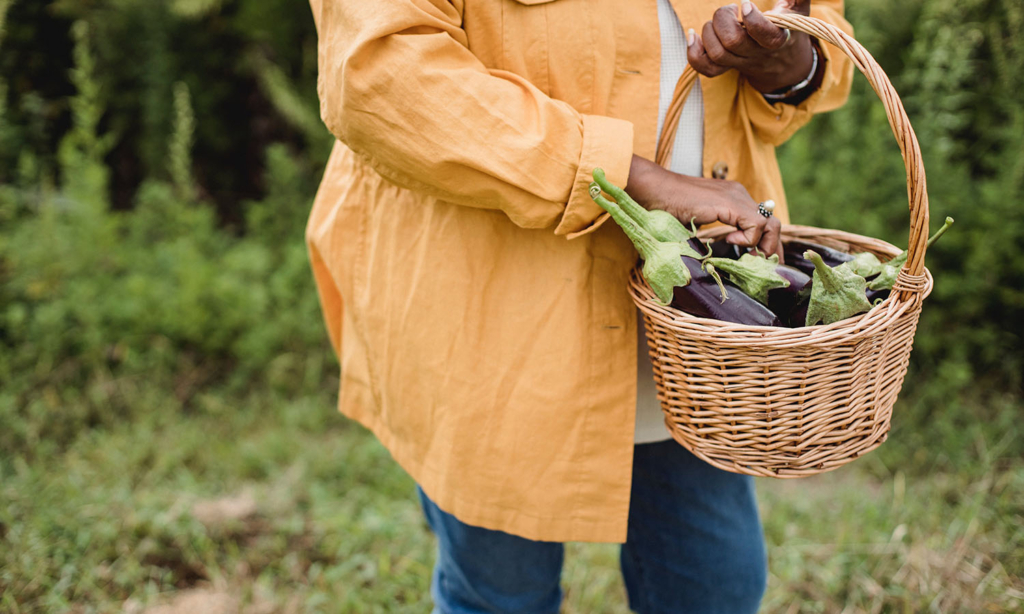
Local Good, Homegrown Better
If store-bought organic produce is sometimes still too expensive, consumers today are savvier than ever before and able to seek out local organic growers – often purchasing at lower prices than in the major stores. If that isn’t an option, then the search for organic veggies might be just the impulse you need to start growing your own. If you do, you will benefit not just from the freshness of the food, but also the taste. Nothing tastes better than homegrown veggies picked, prepared and served within a matter of minutes.
Ugly, But Lovable
Another battleground in the modern vegetable debate is around ‘ugly’ veggies. The days of favouring pristine, pre-washed, non-organic veggies of a standard length and shape, not to mention wrapped in endless packaging, are thankfully fading fast. Instead, stores have realised that we can, after all, cope with the idea that non-standard vegetables taste the same as ‘beautiful’ ones, with some stores even selling these items at discount prices. We say embrace the aesthetically challenged veggies and celebrate their flavour. Either that or sell them on eBay, or create Instagram accounts to showcase their ‘unusual’ charm.
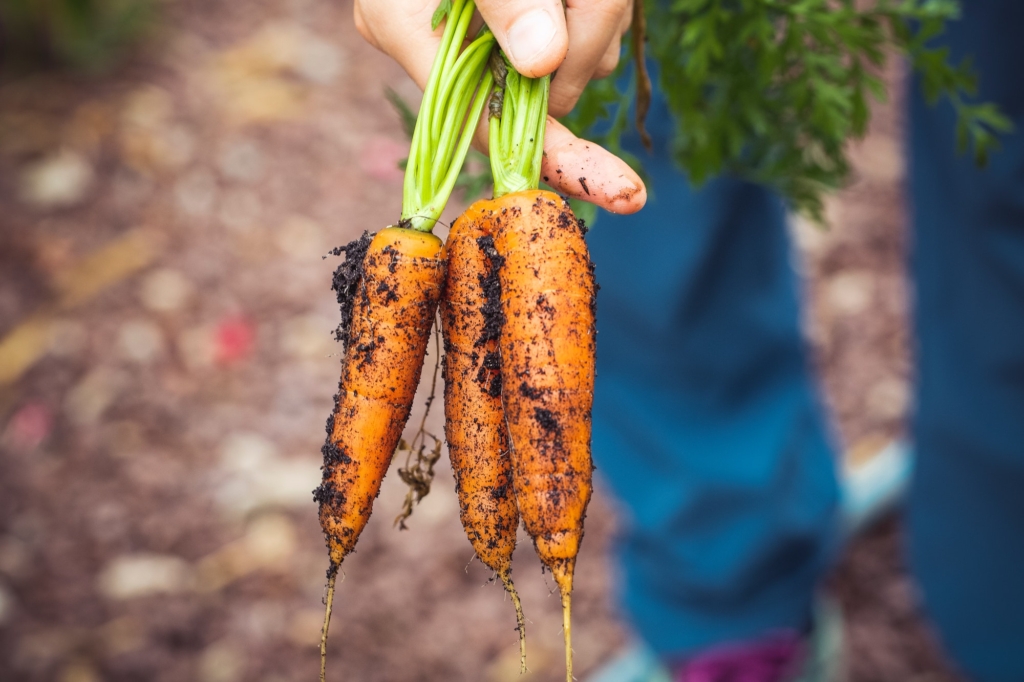
Baby Vegetables
While foodies have long enjoyed the appeal of ‘baby’ vegetables, this tempting option isn’t always quite what it seems. Some so-called baby vegetables really are infant produce, plucked at an early stage when they are at the most tender and less likely to taste tough or fibrous. Other baby vegetables, however, are often simply miniature varieties of the better-known produce, while still others might be standard crops planted so densely that they simply don’t have space to grow to a larger size. For those who favour a smaller-sized vegetable and a more tender, delicate taste, this is a subject worth exploring in order to make the most informed choice next time you’re in the produce aisle.
Celebrating Colour
As orange as a carrot? As red as a tomato? As green as a leaf of lettuce? We could go on, but you get the idea. The fact that many vegetables are most associated with one specific colour doesn’t mean that they only grow in that colour. The most familiar produce is typically common simply because of that variety’s resilience or commercial value. Embracing other colours and varieties is good for biodiversity, but also offers the chance to experience different flavour nuances and add a surprising visual element to your plate.
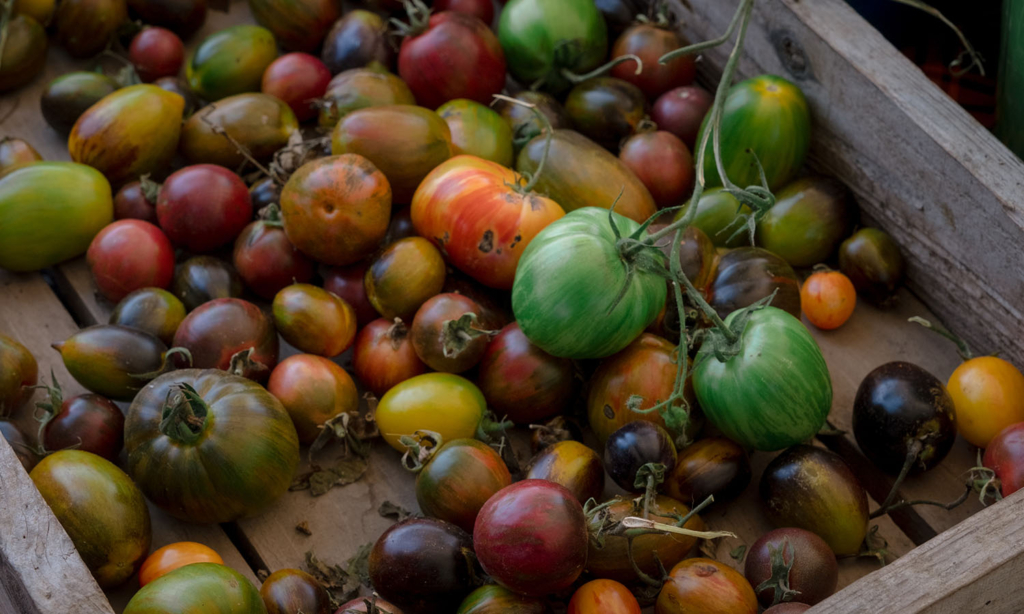
Variegated? Very Interesting
Another aesthetic uplift is offered by variegated vegetables, those with multi-coloured (mostly two-tone) leaves. If the visual appearance of your food is important to you, alongside the taste and nutritional content, then what better way could there be to add interest to your plate than with stripes of multi-coloured leaves? If that isn’t enough, you could also consider the value of striped or ‘tiger’ produce such as tomatoes.
Your Prized Heirlooms
Before the age of mass monoculture farming, agriculture used to embrace a far greater degree of diversity in the produce that was grown. Heirloom vegetables and seeds typically hark back to this previous era, with rare varieties that are no longer grown on a large scale. Their proponents claim that they offer a more distinctive flavour than the mass-grown hybrid varieties common today, and some even argue that the heirloom varieties offer superior nutritional value. While curious gardeners may be keen to explore the potential of heirloom seeds, this is also increasingly opening a legal minefield, so it pays to check local regulations before purchasing or sharing seeds.
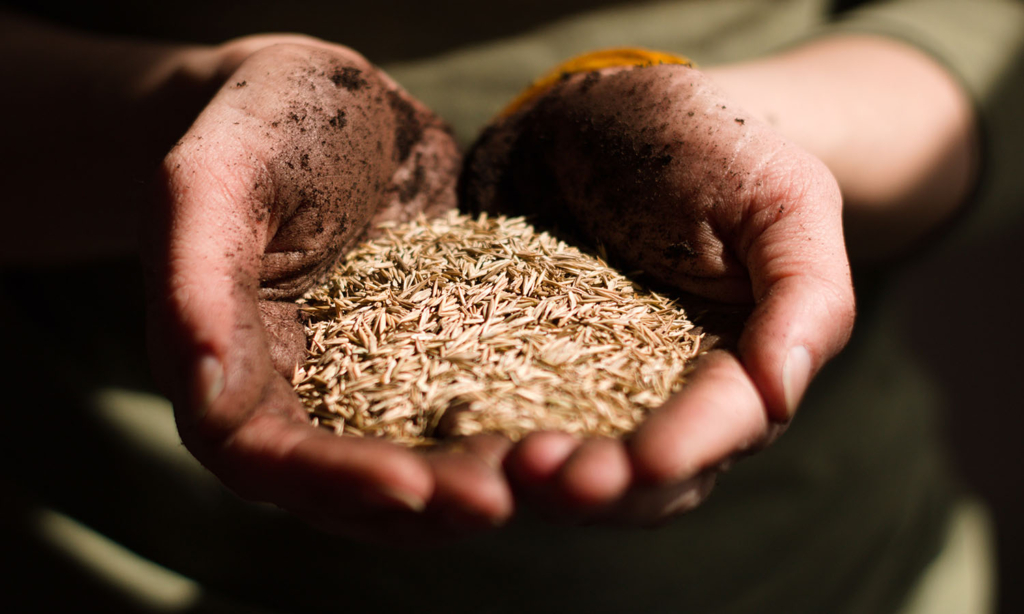
In Full Bloom
Most gardeners and curious foodies today are aware of the possibilities offered by edible flowers. So much so that they are increasingly a staple of summer salads, whether at home or in restaurants. What is less well-known, however, is the culinary potential of flowering vegetables and herbs. You could start with the edible flowers of peas and runner beans before sampling the blossoms of courgettes or squash, as well as those of garlic or leeks. Some flowers lend themselves more as a garnish, while others can be battered and fried, so it pays to do some research first.
Follow The Seasons
Similar to the tyranny of perfect-looking but flavourless produce, another popular bugbear is the availability of seasonal produce all year round – often flown in at huge cost. While it might occasionally appeal to have strawberries in the middle of winter, more and more of us are realising not only the environmental benefit but also the culinary charm of eating with the seasons. Sure, we can all allow ourselves the occasional indulgence, but the peace of mind that comes from eating the freshest produce, grown locally and served fresh, is a treat that won’t leave a bitter aftertaste in your mouth – or on your conscience.
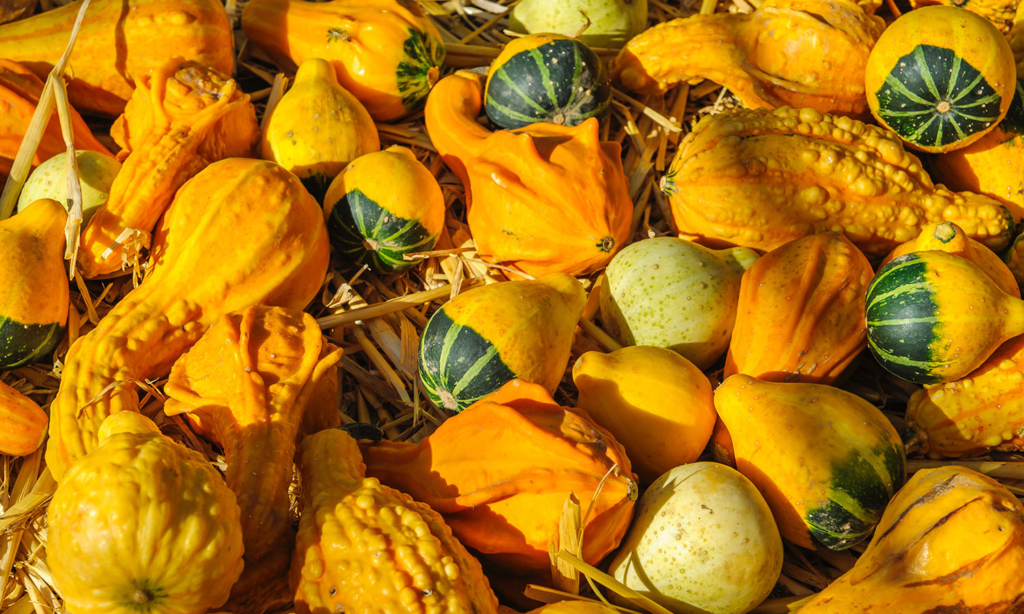
A Rare Treat
While the current trend is to eat locally and seasonally, that isn’t to say that you shouldn’t experiment with the produce you grow. There are plenty of warm-weather vegetables and even fruits that will often thrive in mild climates, such as globe artichokes or tomatillos, a relative of the tomato with a zesty lime-flavoured kick. An eye-catching cold-weather option is strawberry spinach, a plant with leaves similar to spinach and red berries: try your luck with one or two varieties like these, and you are sure to awaken an appetite for further experiments.

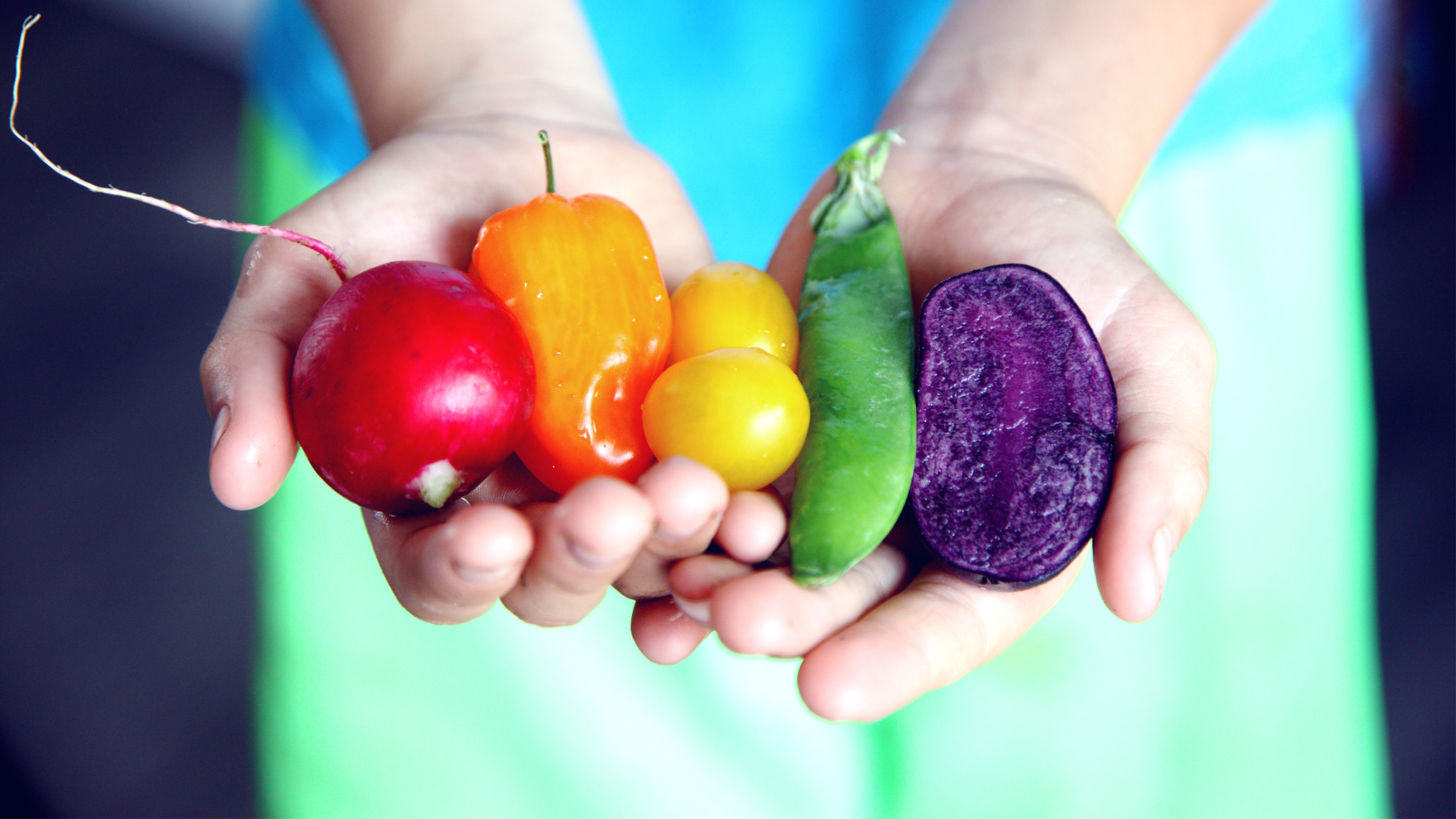












Sorry, the comment form is closed at this time.